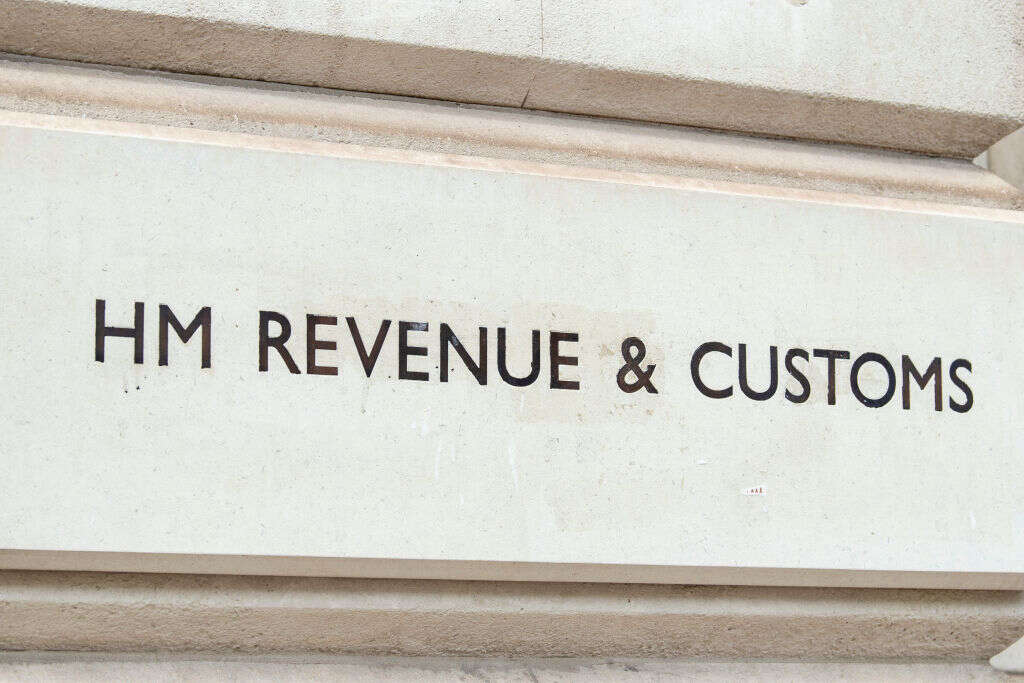
Three non-fungible tokens (NFTs) have been seized by the HM Revenue and Customs (HMRC) as part of a £1.4m VAT fraud probe, marking the first time a UK law enforcement agency has taken control of NFTs. The investigation is part of a trend of law enforcement agencies around the world cracking down on illegal digital assets, showing that it is becoming increasingly difficult for criminals to hide behind decentralised systems.

HMRC has seized NFTs as part of an investigation for the first time. (Photo by Dave Rushen/SOPA Images/LightRocket via Getty Images)
The investigation which saw the NFTs, digital tokens representing a unique asset such as a photo or video, confiscated also led to three people being arrested. The suspects in the case allegedly created 250 shell companies, as well as other “sophisticated methods”, to avoid paying VAT of £1.4m. HMRC acquired a court order to confiscate the NFTs, all of which represent digital artwork, as well as other crypto assets worth £5,000.
The success of the HMRC NFT investigation will serve as a warning to criminals planning on using digital assets to hide money from the authorities, HMRC Deputy director Nick Sharp said. “We constantly adapt to new technology to ensure we keep pace with how criminals and evaders look to conceal their assets,” he said.
HMRC NFT investigation: getting serious about digital assets
Law enforcement agencies have increasingly been taking action to seize crypto assets, which have long been viewed by criminals as a useful way to avoid tax or launder money. As reported by Tech Monitor, $3.6bn worth of cryptocurrency from the hack on the Bitfinex exchange was recovered by investigators in the US last week.
Last year, the US Internal Revenue Service’s criminal investigations division seized $3.5bn in cryptocurrencies tied to financial crimes, which accounted for 93% of all assets seized by the unit in 2021. The US Department of Justice has also launched a National Cryptocurrency Enforcement Team, while international body the Financial Action Task Force has also included mention of NFTs in its updated guidance.
More seizures of crypto assets are likely to follow in 2022 says Gurvais Grigg, global public sector CTO at cryptocurrency analytics platform Chainalysis, because increasing knowledge and better tools mean it is more difficult for criminals to use NFTs or cryptocurrencies to hide their wrongdoing. “Government investigators are skilled, tireless and persistent,” he says. “With the right skills and the right tools, law enforcement and asset recovery professionals can uncover illicit activity, trace the funds, identify those responsible and recover value.”
How will more regulation affect the crypto landscape?
This clampdown on illegal digital assets could mean established tokens become more reputable, argues Dr Marius Frunza, founder of digital financial crime investigation platform Schwarzthal Tech. “Increasing regulation brings more transparency and more security,” he says. “So we will see more leading financial institutions getting into this space.” He expects this will have a calming effect on the notoriously volatile valuations that cryptocurrencies are known for. “You will have bigger players who will become less bold,” he says. “They will become more predictable and more related to the traditional assets such as equity, bonds, stocks and commodities.”
But as regulators and law enforcement agencies become more proficient at policing cryptocurrencies and NFTs, the looming prospect of the Metaverse – immersive digital worlds where work and social interactions can take place, as well as transactions – brings with it countless opportunities for cybercrime, Funza believes. This will present a new problem when it comes to policing digital assets. “When the Metaverse is launched it will be very hard to define value,” he predicts. “When you have a lot of subjectivity like this, criminals can easily deploy their scams.”






